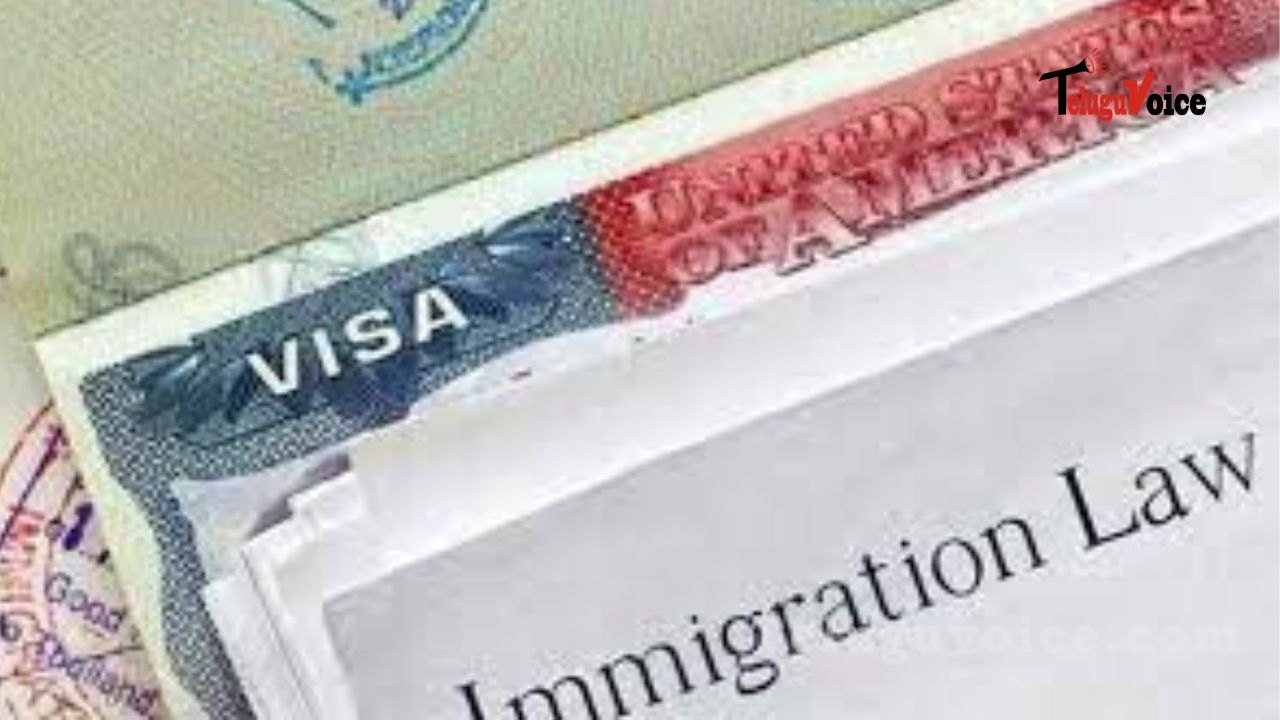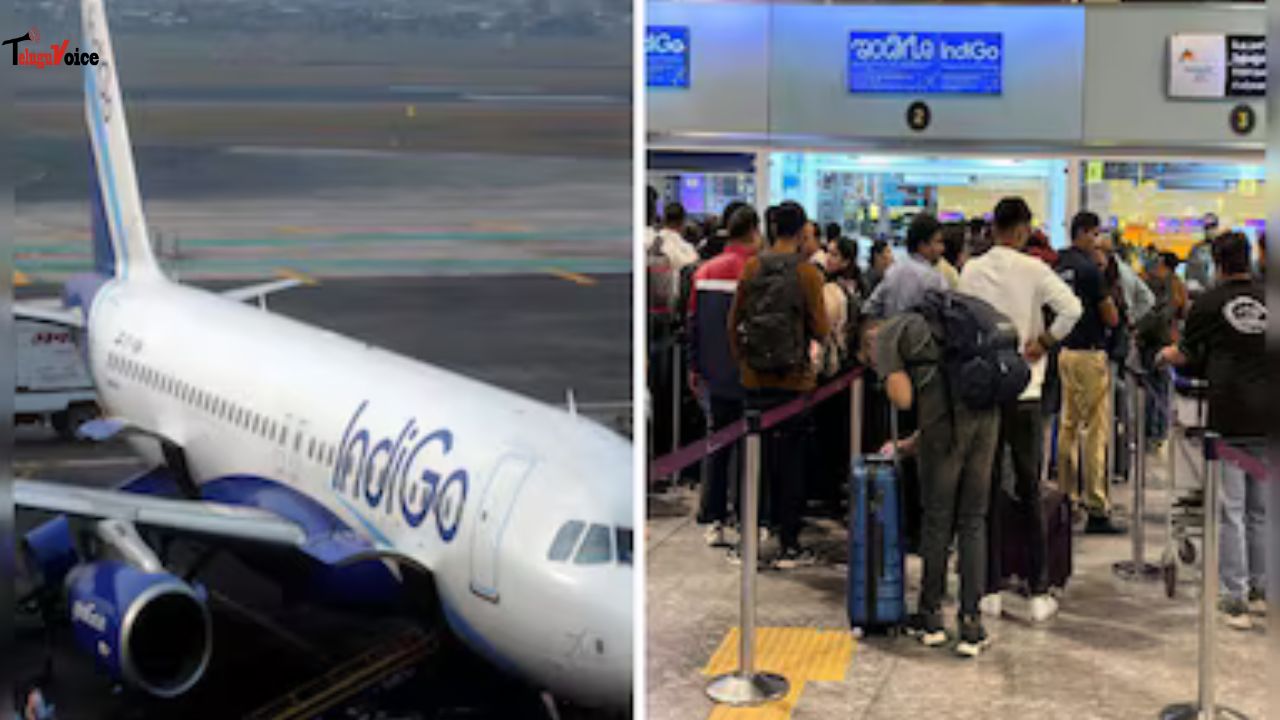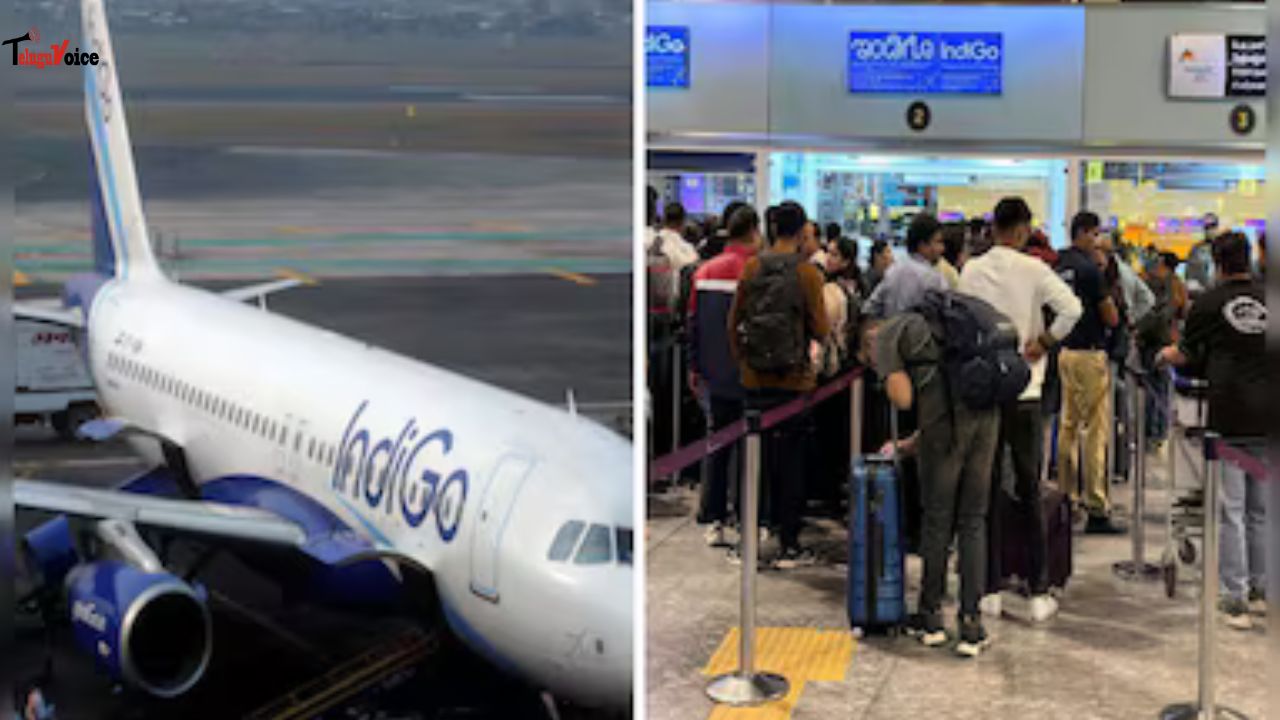USCIS Options For Non-Immigrant Workers Who Face Job Losses

It is important to note that many Indian professionals working in the US on H-1B visas are facing this situation of losing their jobs and losing their immigration status.
Now in some relief to them, the USCIS has provided a compilation of options that may be available to non-immigrant workers seeking to remain in the US in a period of authorized stay following termination of jobs.
60-day grace period
Regulations permit a discretionary grace period that allows workers in E-1, E-2, E-3, H-1B, H-1B1, L-1, O-1, or TN classifications to be considered as having maintained status following the cessation of employment for up to 60 consecutive calendar days or until the end of the authorized validity period, whichever is shorter.
During this period, workers may be able to maintain their non-immigrant status if a new employer timely files a petition on their behalf with an extension of stay request (e.g., an H-1B change of employer petition for a worker in H-1B status).
Alternatively, workers may remain in the US during their authorized stay if they apply in time to change to a new non-immigrant status (such as B-2 visitor non-immigrant status) or an application for adjustment of status, if eligible.
Workers who cannot timely file a change of status application, or find a new employer who timely files a change of employer petition for the worker, may be required to depart the US at the end of this grace period.
Portability to a new employer
Portability rules permit workers currently in H-1B status to start working for a new employer as soon as the employer properly files a new petition with USCIS without waiting for the petition to be approved.
Also, Form I-485 worker with an adjustment of status application and whose application has been pending for 180 days (at least) with an underlying valid immigrant visa petition (Form I-140) can transfer the underlying immigrant visa petition to a new offer of employment in the same or similar occupational classification with the same or a new employer. This is commonly referred to as ‘porting.’
Change of status
During the discretionary grace period, workers may change their non-immigrant status, including becoming a dependent of a spouse (e.g., H-4, L-2).
Some individuals in a dependent non-immigrant status may be eligible for employment authorization incident to status, including spouses of E-1, E-2, E-3, or L-1 non-immigrants. In addition, some spouses of H-1B workers may be eligible for work employment authorization if specific requirements are met.
Other non-immigrant options include student status (F-1) or visitor status (B-1 or B-2). Sure F-1 students, by regulation, may engage in limited employment. Nevertheless, B-1 and B-2 non-immigrant visitors are specifically prohibited from performing skilled or unskilled labor in the United States.
In addition, non-citizen STEM professionals can work in the United States through certain pathways. In the event that a non-frivolous application for change of status is filed in a timely manner, the accrual of unlawful presence will be tolled, or halted, until the application is decided.
Change of status and employer
Employer-sponsored non-immigrant status may be sought within the discretionary grace period of up to 60 days. As long as a non-frivolous change of status application is filed in a timely manner, unlawful presence will not accrue until it is adjudicated. A filing alone does not confer employment authorization in the new position during the pendency of the application, nor does it extend employment authorization if the original classification is no longer valid. Some petitions may be eligible for premium processing for an additional fee.
Adjustment of status
Some workers may be eligible to file a self-petitioned immigrant visa petition concurrently with an adjustment of status application.
Examples of immigrant classifications eligible for self-petitioning include EB-1 extraordinary ability, EB-2 national interest waiver, or EB-5 immigrant investors. Workers with a pending adjustment application are generally qualified to remain in the US and obtain an employment authorization document (EAD).
Period of authorized stay - compelling circumstances employment authorization document Workers who are the beneficiary of an approved employment-based immigrant visa petition (Form I-140) may be eligible for a compelling circumstances EAD for up to 1 year if they: do not have an immigrant visa available to them in the department of state’s Visa Bulletin, and face compelling circumstances.
A compelling circumstance EAD is a discretionary stop-gap measure intended to assist specific individuals on the path to lawful PR by preventing the need to leave the US abruptly.
Generally, workers who begin working on a compelling circumstances EAD will be considered to be in a period of authorized stay and will not accrue unlawful presence in the US.
Expedite criteria
Some circumstances may warrant expedited adjudication, including applications to change status to a dependent status, including eligibility for employment authorization.
For example, an applicant to change from H-1B to L-2 may be eligible for expedited adjudication to prevent severe financial loss.
Departure from the United States
For H-1B and O workers who decided to depart the US after involuntary cessation of employment, the reasonable transportation costs to the worker’s last place of foreign residence must be borne by the H-1B employer or the O employer and petitioner, as applicable.
Once abroad, H-1B holders may seek US employment and readmission to the US for any remaining period of their H-1B status.
Those seeking another classification for that they may be eligible can complete their application process abroad and seek readmission to the US.

 South Africa tour of India 2019
South Africa tour of India 2019










Comments